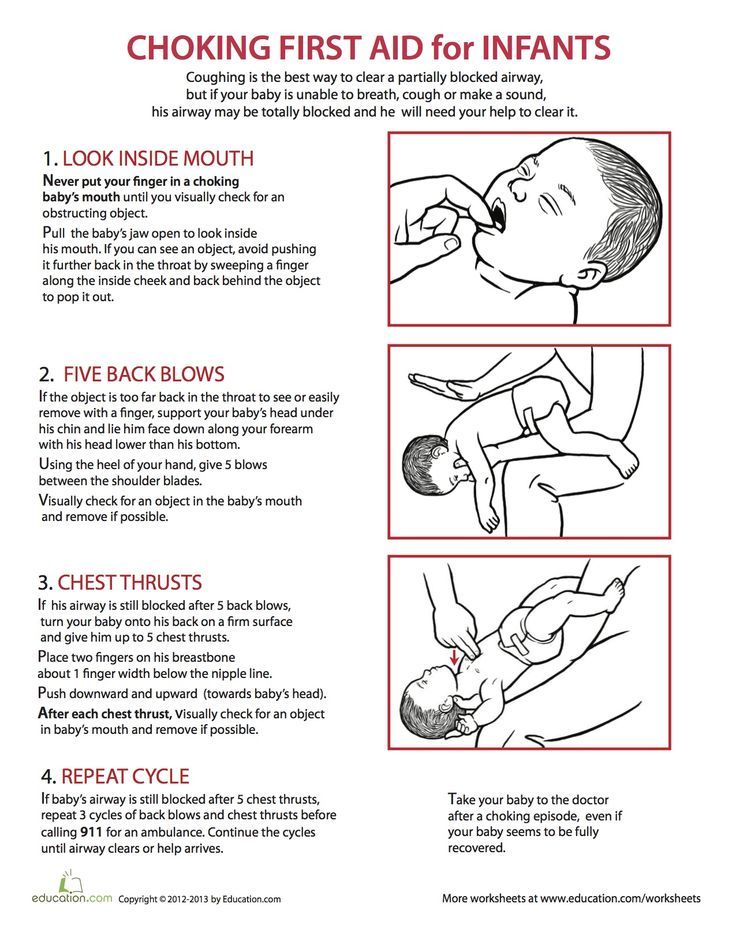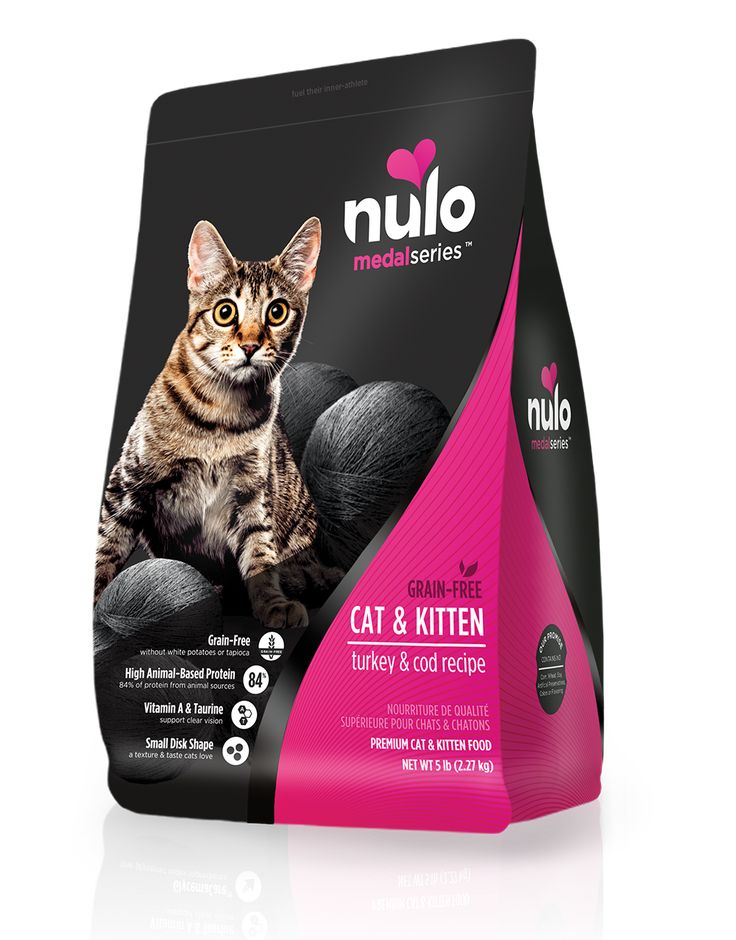Is it normal for babies to cough while feeding
Help! My Baby Is Choking on Milk!
Many parents look forward to feeding time with their baby. It’s a chance to bond and also gives you a few minutes of peace and quiet.
But for some, bottle feeding or breastfeeding can lead to gagging or choking sounds, which are alarming if you’re a new parent. Fortunately, there are things you can do to help prevent your baby from choking on milk or formula.
If your baby seems to gag a lot while eating, don’t panic. “Choking and gagging during feeding is common in young infants,” says Robert Hamilton, MD, FAAP, a pediatrician at Providence Saint John’s Health Center in Santa Monica.
Hamilton says babies are born with an exaggerated but protective “hyper-gag reflex,” which can cause gagging while feeding. Plus, babies gag easily due to their own neurologic immaturity.
“Babies are growing and learning new ways to use their body (and mouths) every day,” says Amanda Gorman, CPNP and founder of Nest Collaborative, a collection of International Board Certified Lactation Consultants.
“Often, just stopping the feed and positioning the baby upright with good head and neck support will give them a few seconds to manage the problem.”
Gina Posner, MD, a pediatrician at MemorialCare Orange Coast Medical Center, says if your baby begins to choke, let them stop feeding for a little bit and pat their back. “Typically, if they’re choking on liquids, it will resolve quickly,” she says.
The most common reason a baby chokes during breastfeeding is that milk is coming out faster than your baby can swallow. Usually, this happens when mom has an oversupply of milk.
According to the La Leche League International (LLLI), common signs of oversupply include restlessness at the breast, coughing, choking, or gulping milk, especially at let down, and biting on the nipple to stop the flow of milk, among others.
You might also have an overactive let down, which causes a forceful flow of milk into your baby’s mouth. When your breasts are stimulated by your baby suckling, oxytocin causes the let-down reflex that releases the milk.
If you have an overactive or forceful let down, this release happens too fast for your baby to respond appropriately, causing them to gulp or choke while breastfeeding.
How do I prevent my baby from choking on milk when breastfeeding?
One of the first things you can do to help prevent your baby from choking while eating is to change the feeding position.
“For breastfeeding mothers who appear to have overactive let down, we typically recommend they nurse in a laid-back position, which reverses gravity’s effect and allows baby to have more control,” says Gorman.
Posner recommends pulling your baby off the breast every once in a while to help them catch their breath and slow down. You can also take your baby off the breast for 20 to 30 seconds when your milk first lets down.
In addition to a laid-back position, the LLL recommends lying on your side so your baby can allow milk to dribble out of his mouth when it flows too quickly.
Furthermore, expressing milk for 1 to 2 minutes before bringing your baby to your breast can help. Doing so allows the forceful let down to happen before baby latches. That said, be careful with this technique, as pumping for too long will tell your body to make more milk and worsen the problem.
Doing so allows the forceful let down to happen before baby latches. That said, be careful with this technique, as pumping for too long will tell your body to make more milk and worsen the problem.
When your baby gags when drinking from a bottle, it’s often due to the positioning. Lying your baby on their back while bottle feeding will lead to a faster milk flow, making it harder for your baby to control the rate of feeding.
“Tilting the bottom of the bottle higher than the nipple increases the rate of milk flow, as will a nipple with too large of a hole for the infant’s age,” Gorman advises. Tilting the bottle too high can lead to involuntary increases in intake and contribute to problems like reflux.
Instead, when bottle-feeding an infant, try using a technique called paced bottle-feeding. “By keeping the bottle parallel to the ground, the baby remains in control of the milk flow, as they are at the breast,” Gorman says.
This technique allows your baby to actively pull milk out of the bottle using their sucking skills and lets them easily take a break when needed. Otherwise, gravity is in control.
Otherwise, gravity is in control.
For babies who are bottle-fed by multiple caregivers, Gorman says all of the people who administer feeds should be educated on paced bottle-feeding.
Finally, you should never prop the bottle up to feed your baby and walk away. Since they can’t control the flow of the milk, it will keep coming even if your baby is not ready to swallow.
“The mechanism of swallowing is complicated and requires several muscle groups working together in concert and in the right time sequence,” Hamilton says. Fortunately, gagging usually diminishes as children get older and become better at swallowing.
Still, if you’re a new parent or caregiver, it’s smart to take infant cardiopulmonary resuscitation (CPR). While rare, a choking episode that caused your baby to turn blue or lose consciousness would be an emergency.
If you’re having problems related to breastfeeding, contact a LLL leader or International Board Certified Lactation Consultant (IBCLC). They can help you with your baby’s latch, positioning, oversupply issues, and forceful let-down problems.
They can help you with your baby’s latch, positioning, oversupply issues, and forceful let-down problems.
If you’re having problems related to bottle feeding, contact your child’s pediatrician. They can help you with bottle and nipple selection, as well as feeding positions that prevent choking on milk or formula.
If your baby continues to choke even after slowing down the rate of feeding, you should contact your pediatrician to rule out any anatomical reasons why swallowing may be challenging.
When you hear your baby gagging or choking during feeding, don’t panic. Take baby off the nipple and prop them up to help them clear their airway.
Often it will take a little time for your baby to learn suckle with ease. In the meantime, try keeping your baby upright during feedings and make the flow of milk slower, if possible. Soon enough, feeding time will be a sweet snuggle session!
Why Does My Child Keep Choking and Coughing?
It’s normal for a baby or young child to choke and cough from time to time. When it happens frequently, there could be cause for concern. These episodes are typically due to aspiration, food or liquid accidentally entering the airway. There are a number of potential causes, and your child’s doctor will develop a treatment plan based on your child’s unique case.
When it happens frequently, there could be cause for concern. These episodes are typically due to aspiration, food or liquid accidentally entering the airway. There are a number of potential causes, and your child’s doctor will develop a treatment plan based on your child’s unique case.
Signs and Symptoms
While choking and coughing are the most common signs, there are many possible symptoms that accompany swallowing disorders. They vary for babies and older children.
In babies, symptoms include:
• Choking and coughing while feeding
• Signs of discomfort during feeding, like watery eyes, irritability and grimacing
• Feeding times exceeding 30 minutes
• Face flushing or turning blue during or immediately after swallowing
• Faster or stopped breathing during feeding
• Weak sucking
• Wet-sounding breathing and vocalizations after feeding
• Slight fever after feeding
• Frequent lower respiratory infections
In older children, symptoms include:
• Choking and coughing while eating or drinking
• Frequent throat clearing
• Spontaneous choking on saliva
• Wet-sounding voice after meals
• Slight fever after meals
• Complaints of food feeling stuck
• Repeated lower respiratory infections
Some children have no obvious symptoms at all. It’s often not diagnosed until a lung infection develops.
It’s often not diagnosed until a lung infection develops.
Concerns and Complications
Repeatedly breathing in foods and liquids is more than just uncomfortable. It can pose a serious risk to your child’s health. Materials entering the airway can cause significant damage to delicate lung tissue. It can also trigger infections like aspiration pneumonia, a bacterial infection that causes fluid build up in the lungs. Pneumonia requires a long course of antibiotics to treat and can be life threatening.
In young children and babies, swallowing disorders make feeding difficult. This in turn leads to complications like dehydration, malnutrition and weight loss.
Causes and Risk Factors
The most common cause of swallowing disorders is dysphagia, a dysfunction in the muscles of the throat that control swallowing. Dysphagia is typically a symptom of a greater underlying problem, such as:
• Structural abnormalities in the palate or esophagus
• Heart disease
• Delayed growth due to premature birth, low birth weight or conditions like Down syndrome
• Nervous system problems from brain damage, cerebral palsy or other concerns
• Neuromuscular diseases like muscular dystrophy or spinal muscular atrophy
• Medical procedures involving the throat like tracheostomy or a nasogastric tube
Sometimes, the difficulty is a result of a more indirect concern like:
• Acid reflux (GERD) pushing stomach contents back into the throat
• Excessive saliva production
• Poor timing and coordination
• Rejection of certain foods due to conditions like autism
• Lethargy from other medical conditions
Getting a Diagnosis
Swallowing is split into three phases. During the oral phase, food enters and is manipulated in the mouth. In the pharyngeal phase, food is just beginning to enter the throat. The airway is supposed to close to keep food and liquid out. In the esophageal phase, the throat moves to allow food into the stomach without stomach contents coming back up. A choking problem can arise at any of these phases, and a thorough evaluation is needed to identify which one.
During the oral phase, food enters and is manipulated in the mouth. In the pharyngeal phase, food is just beginning to enter the throat. The airway is supposed to close to keep food and liquid out. In the esophageal phase, the throat moves to allow food into the stomach without stomach contents coming back up. A choking problem can arise at any of these phases, and a thorough evaluation is needed to identify which one.
Your child’s consultation will begin with a thorough medical history, physical exam and possibly some blood work. You can then expect your child to get a clinical swallow evaluation. During this session, your child will be given a variety of substances to eat and drink. The doctor will evaluate your child’s movement, comfort, behavior, posture and any choking or coughing that occurs.
To get a better look at the structures in your child’s throat, two other evaluations may be recommended:
• Fiberoptic Endoscopic Evaluation: a tiny camera is inserted into your child’s throat to monitor internal structures while they swallow
• Modified Barium Swallow Study: after your child drinks a barium solution to help with imaging, swallowing is viewed via x-ray
Treating Aspiration
Your ENT will develop a treatment plan based on where in the swallowing process your child is having difficulty and what the underlying cause is.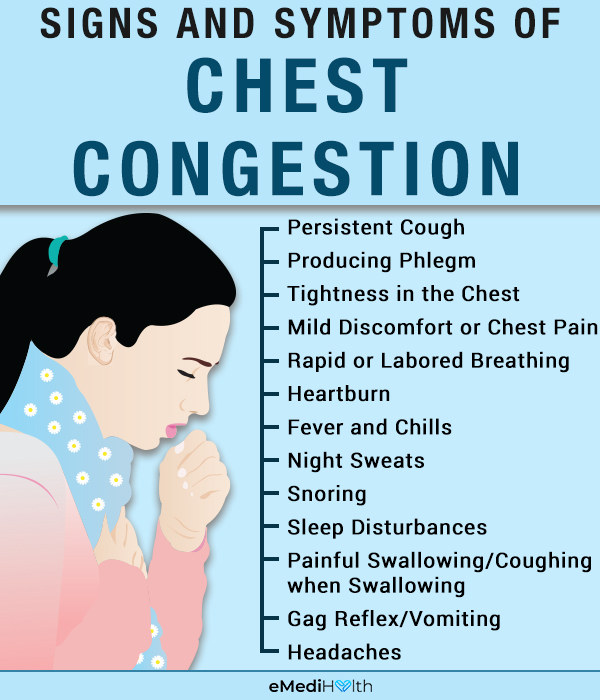
Some common treatments include:
• Surgery to correct structural abnormalities like a cleft palate
• Medications or surgery to address acid reflux
• Medications or surgery to address excessive saliva production
• Changing your child’s posture and positioning during meals
• Dietary changes
• Feeding therapy, which includes things like swallowing exercises and slow introduction of new foods
• Behavior management
Most children’s swallowing disorders improve over time. Children with severe difficulty swallowing may need a feeding tube until they can eat normally. A feeding tube, or nasogastric tube, is a thin tube that runs through the nose into the stomach. Your child’s ENT will monitor your child’s condition carefully and help them transition back to normal feeding as soon as possible.
If you suspect your child is suffering from chronic aspiration, it’s important to seek treatment before serious complications arise. Give Pediatric ENT of Oklahoma a call to schedule a consultation today.
Why is the child coughing? | 1DMC
Cough is a sudden explosive expiration, the task of which is to clear the paths of the respiratory system. This is the wording of pulmonologists. Cough is a protective mechanism that clears the larynx, trachea, bronchi.
Types of cough
Cough can be physiological or pathological.
1. Physiological is short-term, there are no other symptoms of diseases, there is no discomfort or inconvenience.
This type of cough is completely natural and does not require treatment! A physiological cough is needed to clear the airways of mucus and foreign particles that accumulate in the child's airways. The mechanism of physiological cough is as follows: air under high pressure leaves the respiratory tract, taking mucus and foreign bodies (dust, crumbs, etc.) with it. Healthy children cough up to 20 times a day, and infants even more often.
Signs of physiological cough:
- The child is active and the cough does not interfere with his daily activities (continues to play active games when coughing is present)
- Short-term physiological cough - lasts a few seconds and does not recur soon
- Cough may recur throughout the day, but its tone and duration remain unchanged
- Absence of lethargy, temperature, preservation of appetite (no well-known symptoms characteristic of the onset of the disease)
2.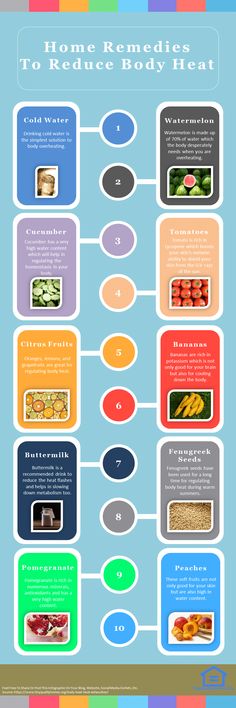 If the cough is pathological in nature, attacks cause a lot of inconvenience. There are additional unpleasant symptoms, including shortness of breath. Various factors can provoke the development of cough in children. Before proceeding with treatment, it is imperative to establish the cause of this symptom, this will help to prescribe therapy most competently.
If the cough is pathological in nature, attacks cause a lot of inconvenience. There are additional unpleasant symptoms, including shortness of breath. Various factors can provoke the development of cough in children. Before proceeding with treatment, it is imperative to establish the cause of this symptom, this will help to prescribe therapy most competently.
Here are some of the most common causes of pathological cough:
- an infectious process or an allergic reaction that irritates the receptor apparatus of the mucous membrane of the respiratory system;
- development of broncho-obstructive syndrome;
- penetration of a foreign object into the respiratory tract;
- enlarged regional lymph nodes that compress the airways;
- diseases of the digestive system, cardiac apparatus or vascular system, neurological pathologies.
Why does the cough appear?
1. The most common cause of coughing fits is inflammatory process of viral or infectious etiology .
Cough can develop in the organs of the upper or lower respiratory system or affect the entire respiratory system. Depending on the localization, the type of this symptom is determined. It can be dry or wet. Also, the type of cough is determined by the type of pathogen.
Cough will be dry if it develops:
- parainfluenza;
- respiratory syncytial infection;
- whooping cough;
- cytomegalovirus infection.
With these diseases, there is a violation of the production of bronchial secretions. There is a dry cough. It is usually intense, hacking, painful. If an adenovirus infection develops, this is accompanied by swelling of the mucous membrane, its surface becomes loose. This causes an increase in the amount of sputum and mucous contents. In this case, the cough is wet, productive, a large amount of sputum is separated.
With the development of rhinosinusitis, sinusitis, adenoiditis, a prolonged cough appears. The cause is postnasal syndrome, that is, mucus from the nasopharynx flows down the back wall of the larynx. In such a situation at night, the cough is wet . In the morning, after the child wakes up, the cough is also wet, but sputum also leaves. During the examination of the patient, the doctor notes the flow of mucus along the back of the pharynx into the respiratory tract. It irritates the cough receptors.
The cause is postnasal syndrome, that is, mucus from the nasopharynx flows down the back wall of the larynx. In such a situation at night, the cough is wet . In the morning, after the child wakes up, the cough is also wet, but sputum also leaves. During the examination of the patient, the doctor notes the flow of mucus along the back of the pharynx into the respiratory tract. It irritates the cough receptors.
If bronchitis or pneumonia develops, with proper treatment, dry cough becomes productive, wet, sputum begins to separate from the lower respiratory tract. In such cases, it is very important to carefully prescribe cough medicines or to thin sputum. Only a doctor can determine whether, in a particular case, an antitussive drug is needed to suppress the reflex or a mucolytic to reduce the viscosity of the mucus and more quickly discharge it.
Inhalation therapy should also only be prescribed by a doctor. Not in every case, with the help of inhalations, it is possible to reduce the manifestations of symptoms and alleviate the course of the disease.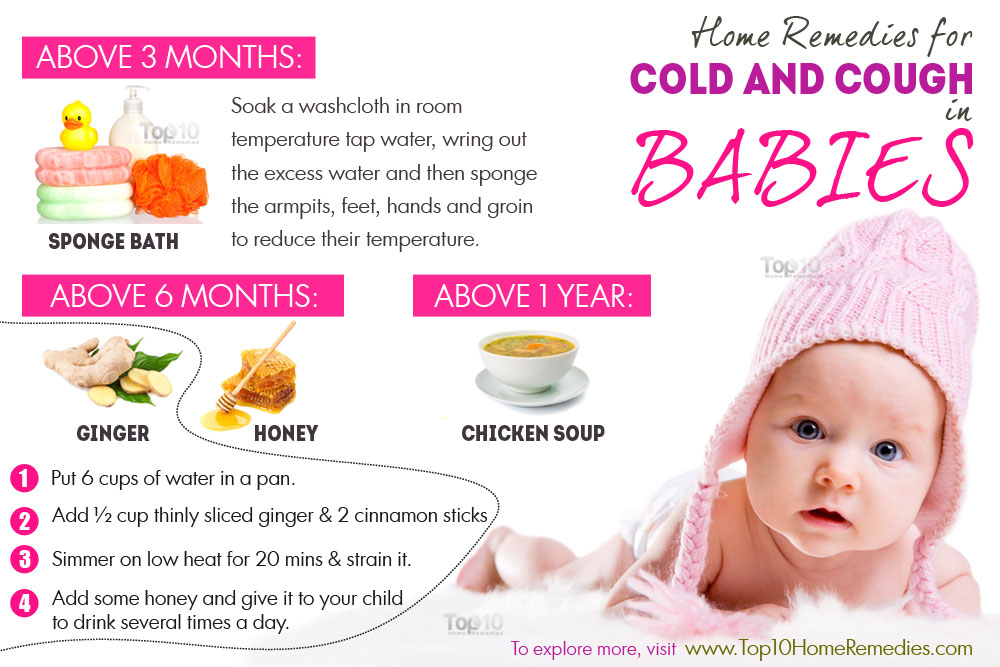 In some cases, after inhalation therapy, the child's condition worsens.
In some cases, after inhalation therapy, the child's condition worsens.
2. Broncho-obstructive syndrome
Another cause of coughing fits is broncho-obstructive syndrome. This is accompanied by lengthening of the exhalation, the appearance of whistling noisy breathing, attacks of severe suffocation. Cough is most often unproductive, hacking.
Broncho-obstructive syndrome develops due to the development of viral respiratory infections. Also, the cause of development is contact with an allergen, this is one of the signs of bronchial asthma.
To diagnose broncho-obstructive syndrome, doctors prescribe chest x-ray, spirometry. To exclude the allergic origin of the disease, an allergist's consultation is prescribed. An effective method of treatment is inhalation therapy.
3. Foreign object in the respiratory tract
A foreign object entering the respiratory tract can provoke the development of coughing attacks. In this case, the child has a strong anxiety. There is shortness of breath, the cough is painful, dry, reflex.
There is shortness of breath, the cough is painful, dry, reflex.
In this case, it is very important not to panic. It is necessary to calm the baby, so he will breathe more calmly. Further, it is imperative to call emergency care as soon as possible, since the effectiveness of treatment depends on how timely parents turn to specialists.
How to determine the cause of a cough in a child
If the cough is not associated with diseases of the respiratory system, additional symptoms appear. For example, pain in the abdomen, in the heart, headache. In this case, you will need to consult a neurologist, gastroenterologist, cardiologist. Only a doctor can determine why a child has a cough. You should not engage in self-treatment and use medications or use dubious methods of alternative medicine.
In order to determine the cause of the cough, it is necessary to consult a doctor in time. From the timely appeal to a specialist will depend on how correctly the diagnosis is made, as well as how correct and timely the therapy is.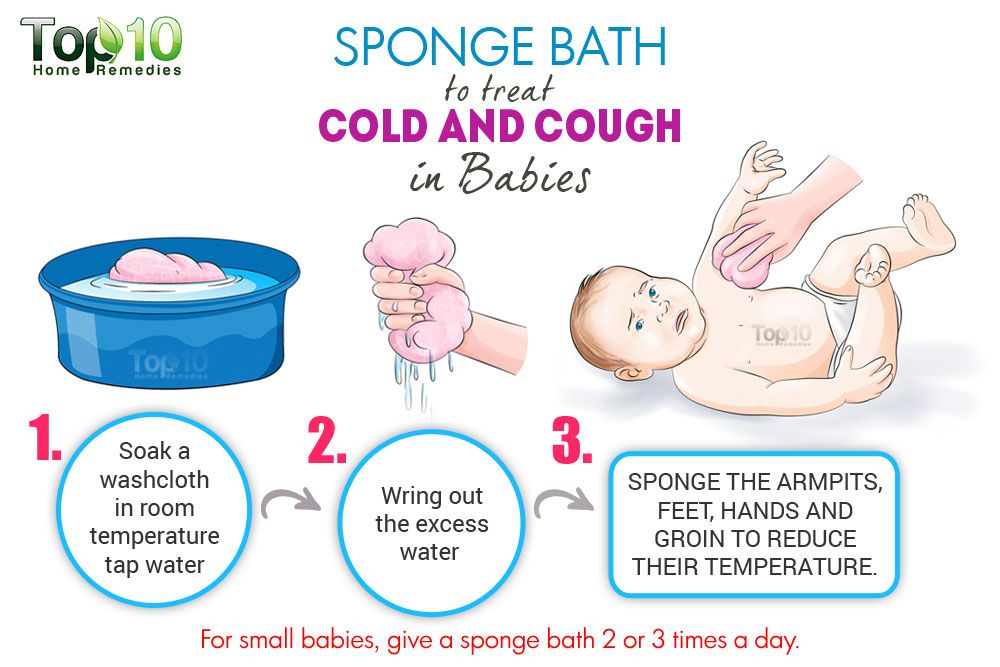 The doctor will be able to prescribe rehabilitation courses in time - physiotherapy, massage, halotherapy. It is also necessary to undergo preventive procedures in order to reduce the risk of re-development of the pathological process.
The doctor will be able to prescribe rehabilitation courses in time - physiotherapy, massage, halotherapy. It is also necessary to undergo preventive procedures in order to reduce the risk of re-development of the pathological process.
The child chokes when feeding: what to do?
Nikulina Anastasia Anatolyevna
pediatrician
A newborn chokes when feeding for various reasons. Some of them the mother can eliminate, while others depend on the health of the baby. The pediatrician Anastasia Anatolyevna Nikulina will explain the causes and solutions to this problem.
— Anastasia Anatolyevna, at what age do children most often choke while feeding?
— In the first weeks of life, when the swallowing reflex is still very weak, it is difficult to dose milk supply from the breast. From the bottle, the flow of formula is controlled by the opening in the nipple and the tilt. If the hole in the nipple is not age appropriate, it is tight, then the newborn swallows air. Excess air with the mixture will enter the intestines, causing discomfort to the baby.
Excess air with the mixture will enter the intestines, causing discomfort to the baby.
Why does the baby choke while breastfeeding or bottle feeding
- Baby position or bottle angle not optimal. in the optimal position. In the right position, the hand of the woman who holds the child lies on the support. Hold the baby by the back and shoulders, directing the head to the chest. You can’t press hard on the head - the baby will recline it back reflexively.
- Anatomical features of the mother's breast, in which a woman produces enough breast milk, but it is difficult for a child to suck it out, to eat. Before feeding, the mother needs to express some of the milk or massage the breast: it will become soft, and it will be easier for the baby to suck.
- Large nipples are difficult for a baby to grasp - to solve the problem, there are special nipple covers through which newborns are fed. You can feed your baby with expressed milk through a bottle and a nipple that is correctly selected for age.

- Hyperlactation. Pressurized breast milk squirts into the baby's mouth. Before feeding, some of the foremilk is expressed, and the following, more fatty, does not form a strong flow. Breaks in the sucking process also help.
- Frequent breastfeeding. The absence of long breaks between attachments to the breast prevents children from hunger and, with it, the rush to feed.
- Incorrect bottle delivery method. The neck of the bottle must be completely filled with milk: this way there will be no air in the milk. The nipple is selected taking into account the age of the baby.
- Disease. Nasal obstruction or cough interferes with feeding. Relief of the symptoms of the disease will improve nutrition. For some children, problems can be caused by improper swallowing or reflux.
- To understand why the baby is having difficulty swallowing, you need to gradually eliminate each of the possible causes. Even the environment matters. During feeding hours, it is desirable for a woman to be alone with the child, nothing should distract him from the process.
 If the mother finds it difficult to identify the cause, a pediatrician will help her.
If the mother finds it difficult to identify the cause, a pediatrician will help her.
— What should I do if my child chokes on milk or formula?
- Spontaneous cough is the main symptom that appears when the act of sucking and swallowing is disturbed. The baby is crying and refuses to eat.
First aid for choking children
If you cannot cough up excess milk on your own or the baby chokes on saliva and starts to choke, you must do the following, dosing the force of your actions: above the navel (on the area of \u200b\u200bthe baby’s stomach), supporting the chin.
— Can breastfeeding continue after the baby clears his throat, or should I take a break?
- Feeding can be continued after the baby clears his throat. It is advisable to vilify it with a column for two to three minutes, so that excess air comes out, and then resume feeding.
- Does increasing the interval between feedings help with the problem?
- On the contrary, the prevention of flooding will be frequent feeding. With numerous attachments, less milk accumulates in the woman’s breast, it becomes easier for the mother to feed.
If the baby is choking, feeding should be interrupted. The baby will cough, rest and continue to suck. If the situation recurs frequently, be sure to consult your pediatrician. Your doctor can help you find the best breastfeeding or formula-feeding method for you.
* Breast milk is the best food for babies. WHO recommends exclusive breastfeeding for the first 6 months of a child's life and continued breastfeeding after complementary foods are introduced until the age of 2 years. Before introducing new products into the baby's diet, you should consult with a specialist. The material is for informational purposes and cannot replace the advice of a healthcare professional. For feeding children from birth.